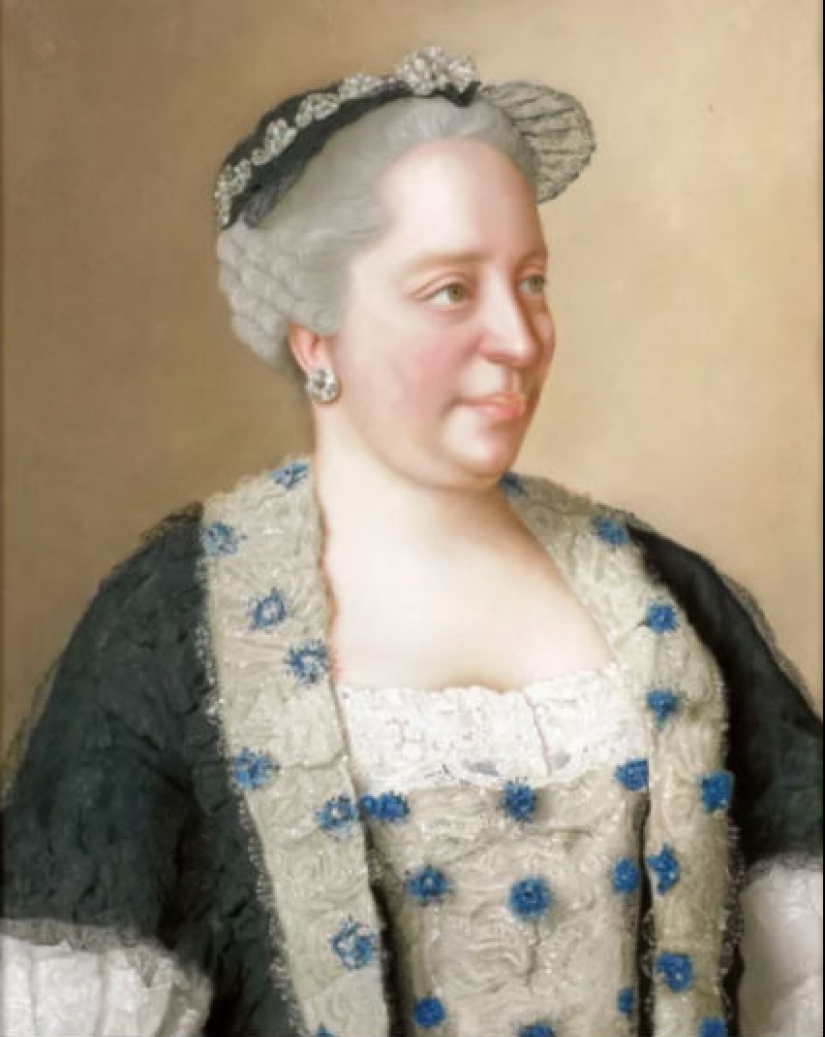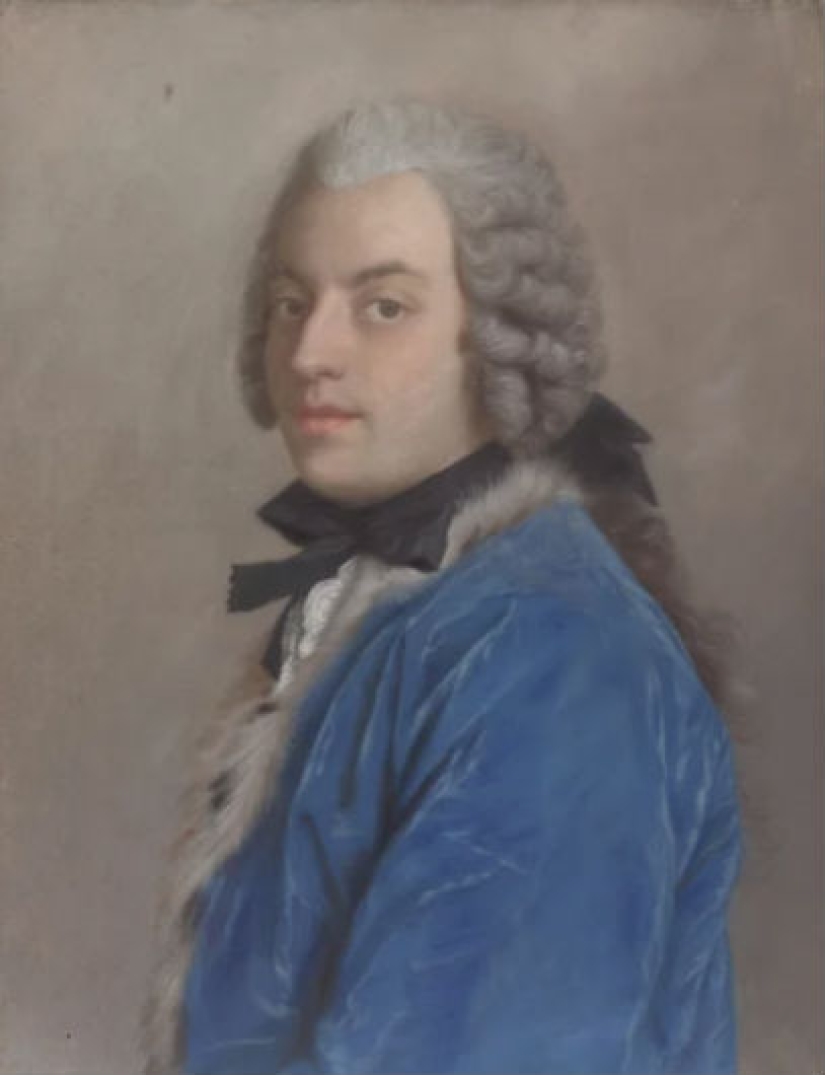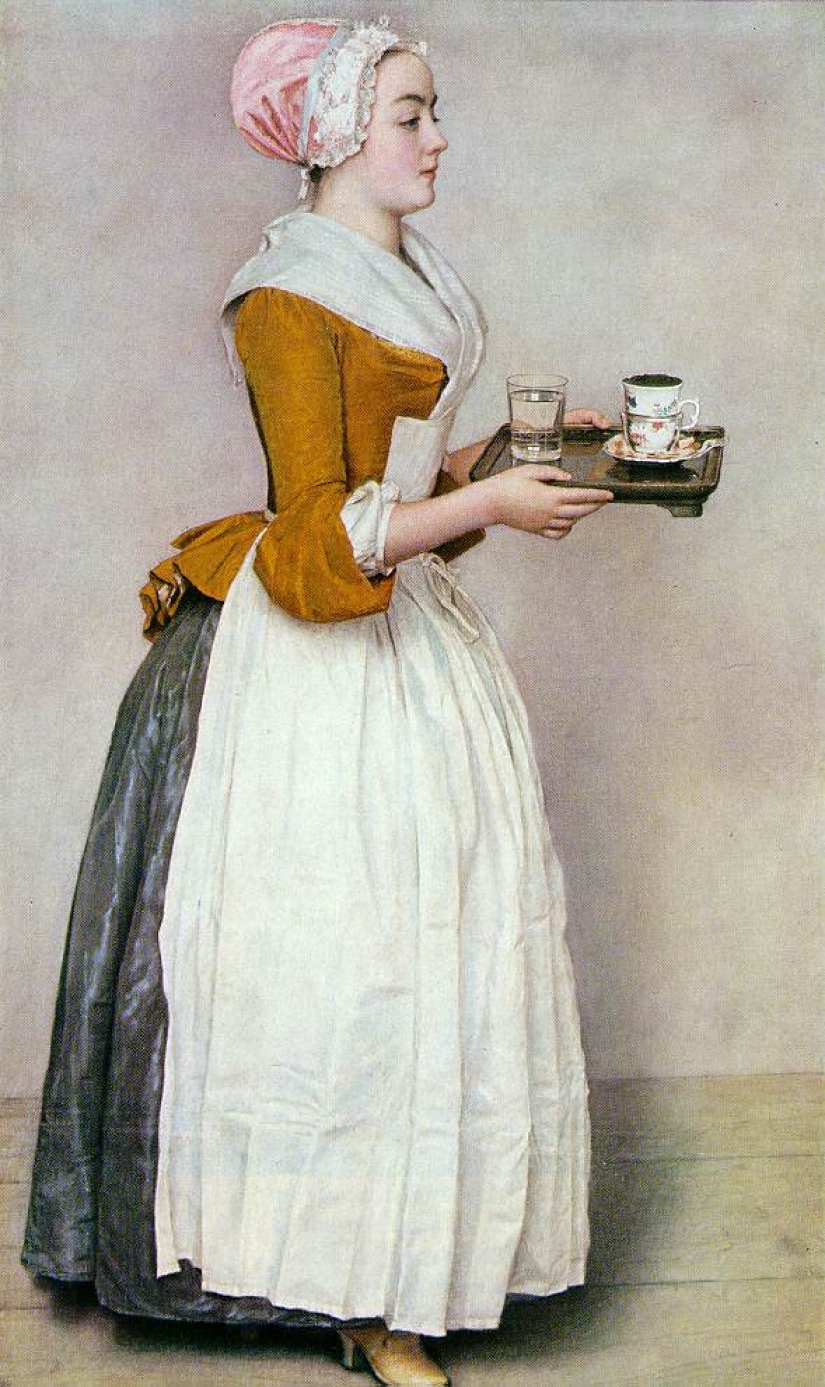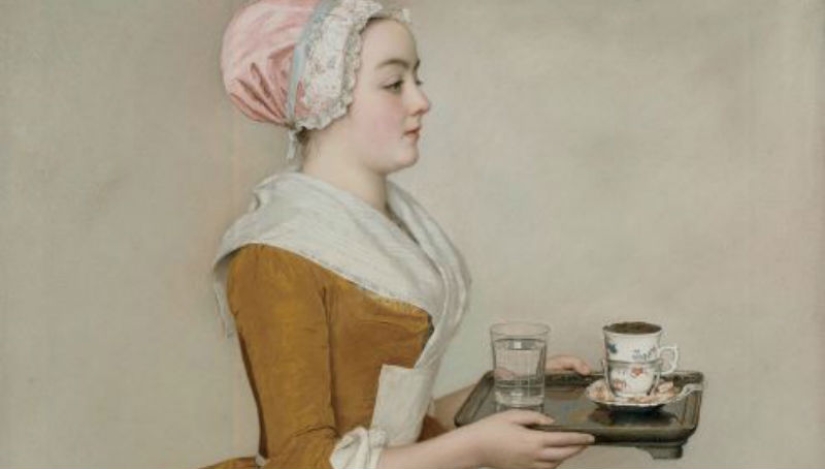"The Beautiful Chocolate Maker" - the mystery of the famous painting by Liotard
By Pictolic https://pictolic.com/article/the-beautiful-chocolate-maker-the-mystery-of-the-famous-painting-by-liotard.html"The Beautiful Chocolate Maker" - a portrait of a neatly dressed beauty gracefully holding a tray with a cup of hot chocolate and a glass of water — is one of the most famous works by Jean-Etienne Liotard and the pearl of the Old Masters Gallery in Dresden. The painting was considered a masterpiece during the artist's lifetime.

The image was created between 1743 and 1745 at the court of the Austrian Empress Maria Theresa. At that time, the Swiss artist was in Vienna, where he painted portraits of the ruler and her husband.

On February 3, 1745, the painting was purchased from Liotard in Venice by Count Francesco Algarotti, who was an art agent of two monarchs - the Prussian King Frederick II and the Polish King August III of Saxony. The latter in February 1751 wrote to his friend, art critic Pierre-Jean Mariette: "I bought a pastel painting about three feet high, painted by the famous Lyotard. It depicts a young German maid in profile carrying a tray with a glass of water and a cup of chocolate. The painting is almost devoid of shadows, with a pale background and light coming from two windows reflected in a glass. It is painted in semitones with imperceptible transitions of light and executed perfectly ... and although it is a European painting, it may appeal to the Chinese, who, as you know, are sworn enemies of shadows. As for the perfection of the work, this is Holbein in pastels."

The painting has been part of the collection of the Old Masters Gallery in Dresden since 1855.
But who was the model for the "Beautiful Chocolate Maker" has not been reliably established. Most likely, this is one of the unmarried girls at the court, who struck the painter with her beauty. In those days, it was customary to call young beauties from families of the "lower" nobility to the court and make them companions for ladies from the "higher" nobility.
It is very often claimed that Anna (Annelle or Nannelle) Baltauf, the daughter of the impoverished cavalier Melchior Baltauf, posed for Lyotard, who may have been invited to court as such a confidante. The young Prince von Dietrichstein was allegedly struck by her beauty, fell in love and got married - leading the entire upper class into confusion.
This legend was supported by the American chocolate company Walter Baker & A company that has used Lyotard's "Beautiful Chocolate Maker" as its logo since 1883. In a small booklet with recipes from 1913, it was written: "It is unclear whether it was Anna's duty to serve chocolate or whether she was a secular beauty who posed in such a costume. But, be that as it may, she so impressed Prince Dietrichstein with her beauty that he married her. This marriage gave rise to a lot of conversations in Austrian society. Caste prejudice in Vienna has always been very strong, and the daughter of a simple nobleman was not considered a suitable match for a courtier..."

A more romantic version of this story says that a young Dietrichstein came to a Viennese cafe to try a newfangled drink - hot chocolate. There he met Anna Baltauf, who served visitors. He instantly fell in love with the girl and came to the institution almost daily for the next few weeks. In the end, he married his passion, despite the resistance of the upper nobility. As a wedding gift, he ordered Lyotard a portrait of the bride in the clothes in which he met her for the first time.
Despite the fact that the beginning of the story of the "Beautiful Chocolate Maker" is more like a fairy tale, its continuation is well documented.
In 1881, Henry Pierce, president of Walter Baker, the leading US cocoa and chocolate company, came to Europe to get acquainted with the methods of cocoa production. In the Dresden Royal Gallery he saw a painting by Liotard. He was impressed by the portrait itself and its romantic story — and since then, the "Beautiful Chocolate Maker" has become one of the first registered trademarks in economic history. Since the 1880s, the image of Anna Baltauf has been captured and replicated on millions of cocoa cans and advertising booklets.
Around 1900, the "Beautiful Chocolate Maker" inspired the artist Jan Musset (most likely it was him) to create the image of a "nurse" for the Droste trademark. The description said that "the illustration indicates the beneficial effect of chocolate milk and is inextricably linked with the name Droste."
During the Second World War, the Germans moved the original painting to the Konigstein Fortress. The fragile work managed to endure the cold and dampness. Pastel returned to Dresden after the Nazis retreated under the onslaught of Soviet troops.
Recent articles

Parenting looks flawless and attractive only in advertising diapers or on posters in a women's clinic. Experienced parents know ...

I want to somehow distract myself from the news about the pandemic and plunge into the beautiful. Here, for example, is a story ...

There is something hard to explain that draws us to old photos. Oddly enough, this effect also works with new, retro-styled photos. ...